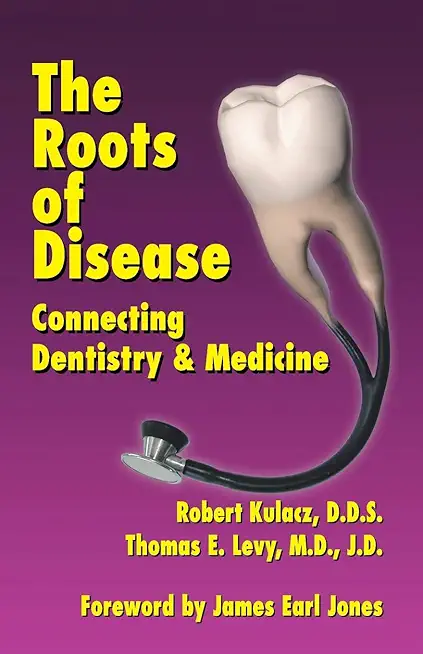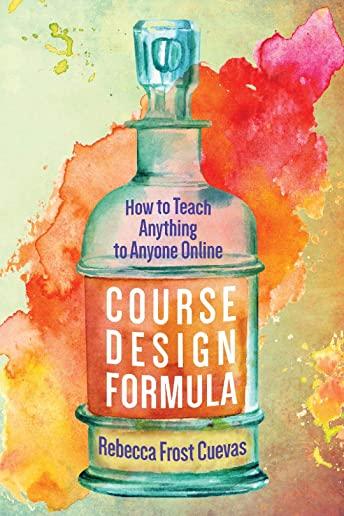
It is the opinion of Drs. Kulacz and Levy that many, if not most, medical conditions and diseases result from the inability of the body to completely neutralize its many daily toxic stresses. Certainly, all medical conditions can be expected to be aggravated and worsened by any ongoing and unneutralized toxin exposures, regardless of what may have caused the medical conditions to develop in the first place. The Roots of Disease endeavors to demonstrate that for most victims of chronic degenerative disease, one or more sources of infective dental toxicity can be identified and eliminated.
While infective dental toxicity occurs in multiple settings, including root canal treated teeth, dental implants, cavitations, abscessed teeth, and periodontal disease, it would appear that root canal treated teeth do the greatest amount of damage to the health and immune systems of the greatest number of people. The very nature of the root canal procedure allows the elimination of tooth pain while still harboring a situation of chronic anaerobic infection. Eliminating the most natural warning sign of a deep-seated infection is an especially dangerous situation. And like anaerobic infections encountered anywhere else in the body, the associated infective toxicity in the root canal treated tooth can always be expected to eventually overtax the immune system of the patient. However, immune system "collapse" will often occur years after the performance of the root canal procedure, and the proper blame for the subsequent immune incompetence rarely ever gets assigned to the root canal treated tooth. A chronic degenerative disease, such as cancer, heart disease, or arthritis, just "appears" one day, and both doctor and patient alike think it is the unlucky and/or inevitable consequence of aging.
Hopefully, this book will both educate and enrage its readers. The appendices in this book further attempt to demonstrate to the reader that a very large amount of hard scientific data already exists to support all of the assertions made. Dentistry and medicine must always be practiced in conjunction with each other, although presently such collaboration is rarely found. Dentists and physicians need to become working colleagues on a regular basis. Until this happens, many more patients will suffer from the historical isolation and separation of these two noble professions.







